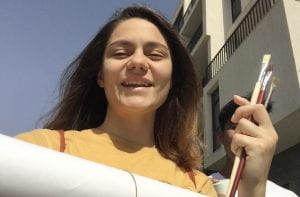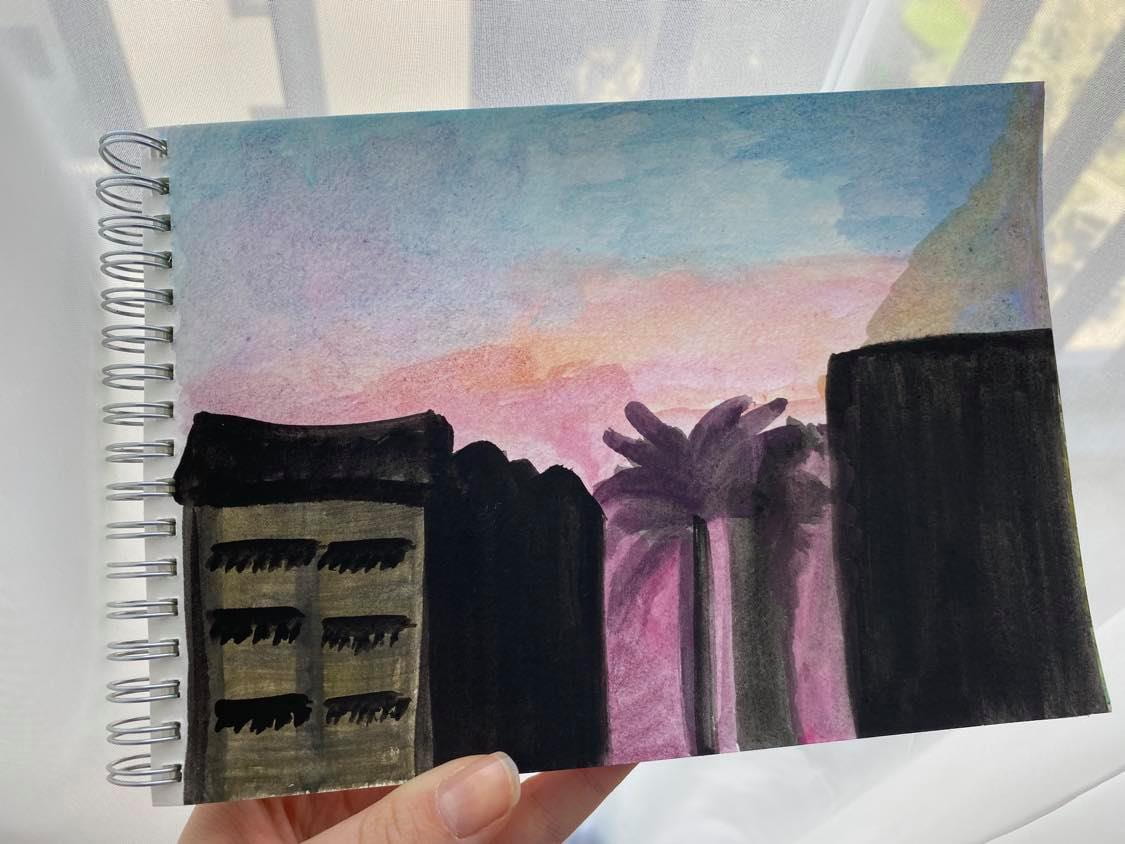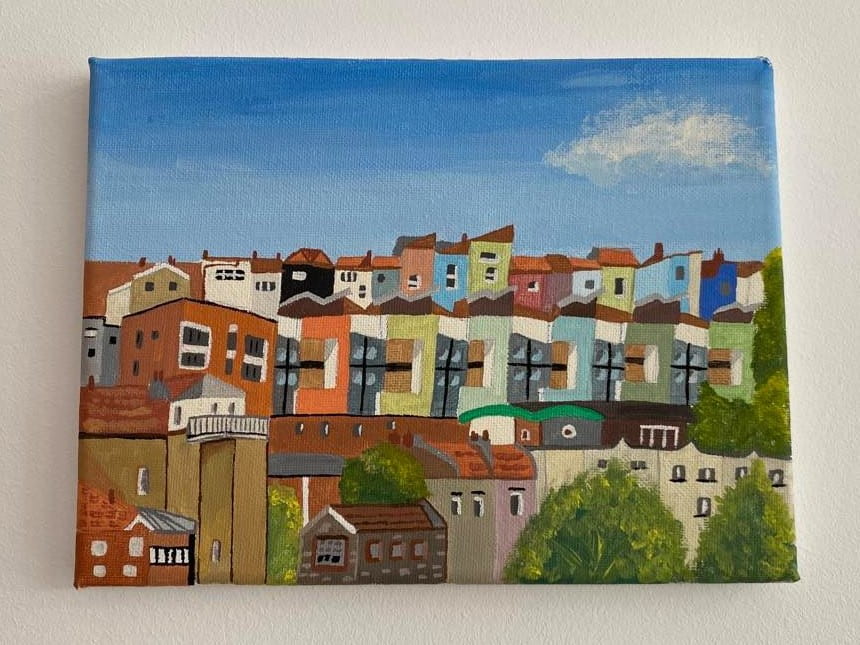 by Gloria Bosi, Bristol Futures Advocate
by Gloria Bosi, Bristol Futures Advocate
Hello everyone, my name is Gloria, and I am a 2nd year mechanical engineering student. After picking up painting as my lockdown hobby, I noticed a significant improvement in my ability to focus on my coursework. This inspired me to write this blog post.
As STEM students, we are often taught the most pragmatic approaches to problem-solving. The ones which, like mathematics, involve standard procedures or logical successions of operations. Hence, the greatest mistake we can make is to get stuck in a cycle of mindlessly applying physical laws or equations, without appreciating their significance or exercising our creativity in any way. This would only teach us to approach problems in a machinelike manner, and we already have computers for that. A creative mind is a flexible one, which can think for itself and overcome obstacles more effectively. For these reasons, I will try to persuade you to invest some time in an artistic outlet, if you are not doing so already. Here I summarize what, in my opinion, are the key advantages:
1. Improved mental well-being.
As you may already know, arts and crafts are often described as natural anti-depressants, because they cause the brain to release dopamine, the chemical of happiness. More specifically, creative activities like drawing and painting can increase levels of cortisol, which is the hormone that the body releases in response to stress. In other words, engaging in creative activities can
improve our mental well-being, making us feel more relaxed and content. This can help you let go of that stress from your most recent assignment!
2. Developing employability skills
If you are not yet convinced, making space for art can help us develop highly employable skills. For example, the process of crafting something with our own hands can improve our self-efficacy, which is our belief in our ability to succeed in a certain situation. Psychologists claim that a strong sense of self-efficacy improves our resilience and shapes the way we overcome challenges. These are crucial skills for the workplace, and to survive the pandemic.
3. Improved focus (flow)
As you probably know, our nervous system can only process a limited amount of information at a time, which is why some people find it particularly difficult to multi-task. When someone starts
creating, and focusing solely on their creation, they forget themselves and their surroundings for a while. Their attention is at full capacity, and their brain is stimulated at just the right level. This
phenomenon is known as flow. With enough practice, one can learn to use creative activities to elicit flow, and then channel it towards their other academic responsibilities. This can help you
get motivated to start the assignment that you have been procrastinating on! All it takes is a bit of time for habit formation.
We all need balance. I believe that an artistic outlet or hobby can help you find the right balance to be able to focus, feel, and perform better.
If you are not sure where to start, here is a list of things you can try, even just occasionally:
- Drawing or painting – this is what I do. I used to be terrible at it, but improvement is almost unavoidable with enough practice. Check out the pictures of my paintings embedded in the post. I will let you guess which one was my first one, and which was my last.
- Ceramics – perhaps requires a few more supplies.
- Blackout poetry – very simple to do if you’ve got lots of old books. I highly suggest you
google it if you are not familiar. - Journaling – easy to do on a regular basis.
- Creative writing – this one is a bit more involved, and probably requires more time.
- Knitting – you might already have the supplies in your house without even knowing.
- Cooking and baking – this one requires talent that I do not have.
- Gardening – ever tried growing potato sprouts?
Thank you for reading, and let us know what creative activity you will be trying in the comments!



